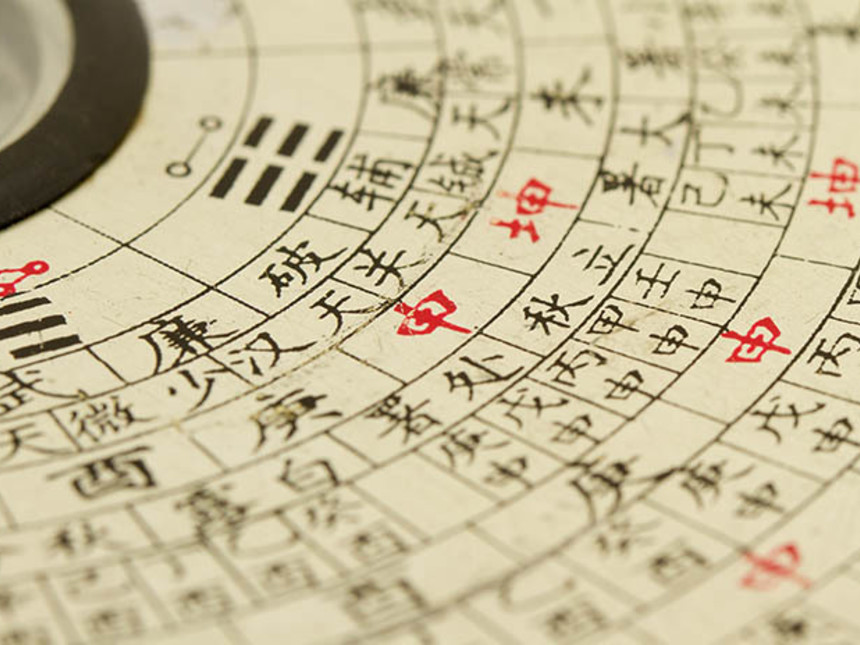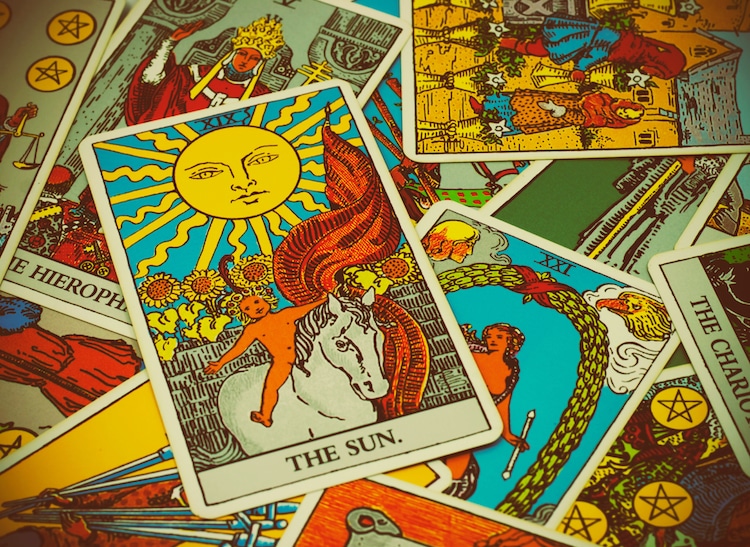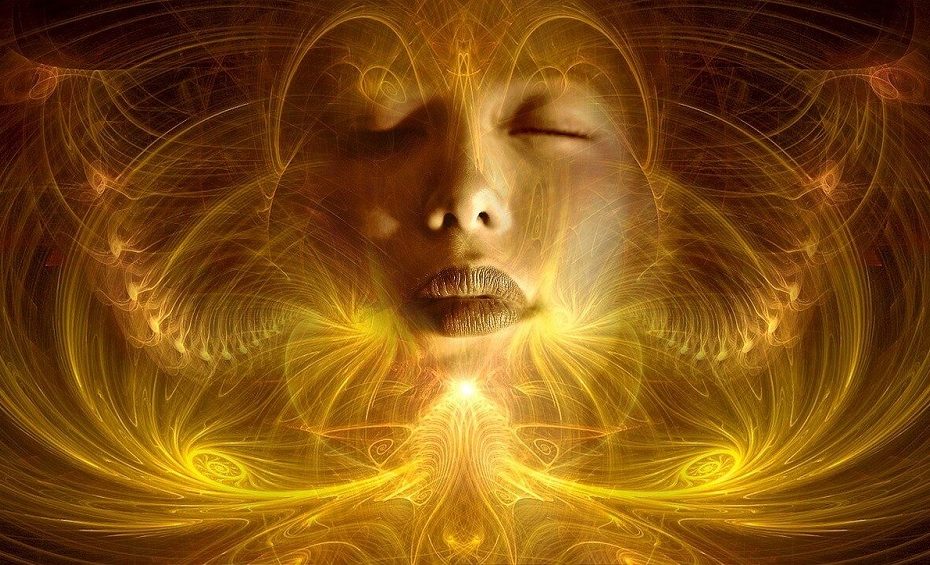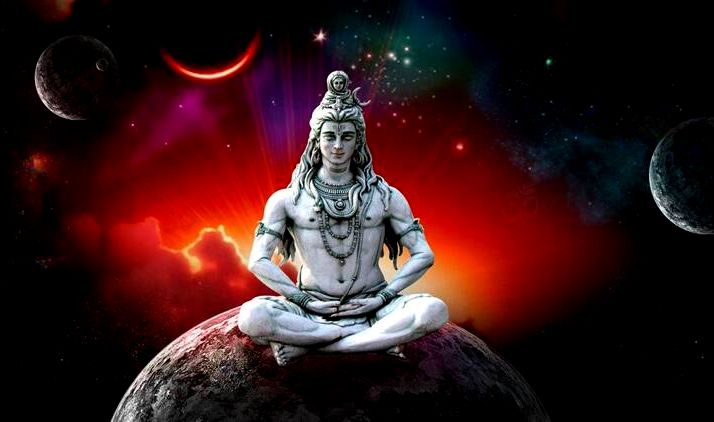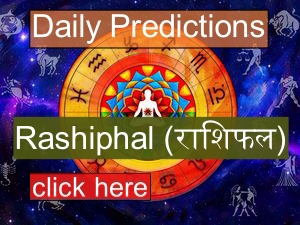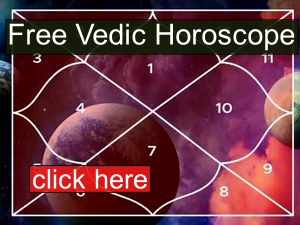Haridwar Kumbh Mela - Juna Akhada, Kinnar akhada take out peshwai in Haridwar

Haridwar: The Juna Akhada, one of the biggest Naga diviner akhadas, and the Kinnar (transgender) akhada took out their peshwai (imperial parade) in Haridwar on 4th March 2021 Thursday.
The peshwai started from Gughal sanctuary in Jwalapur around 3 pm and afterward moved to the edges of Haridwar by means of business sectors and city streets, lastly arrived at the Juna akhada late around evening time.
Extravagantly enlivened chariots, melodic groups and neighborhood people specialists giving social exhibitions were important for the parade that had a few diviners on the backs of ponies and camels.
The primary fascination of the peshwai was the parade of the Kinnar holy people who are participating in the Haridwar Kumbh Mela interestingly. Around 50 soothsayers were important for the peshwai.
Law of Karma

Believing as I do in the theory of rebirth, I live in the hope that if not in this birth, in some other birth I shall be able to hug all humanity in friendly embrace." -Mohandas K. Gandhi.
We have heard a lot about 'Karma'. 'Karma' is a Sanskrit word which means 'action'. Karma is the process of cause and effect, which is associated with our thoughts, emotions and behaviors. Jesus said, "As you sow, so shall you reap". This single statement contains the essence of what Karma is. The Dynamics of Karma: We are all spiritual beings having a human experience and the dynamics of Karma help us to keep learning and progressing through the actions done by us in each lifetime. Therefore, Karma is neither good nor bad. Karma operates on universal laws, which create total justice. Karma is very impersonal and it applies to everyone without exception at all times. Karma makes us realize that we are all one irrespective of our nationality, religion, race, creed, caste, sex etc. and thereby teaches us oneness. Karma teaches us take self-responsibility as it makes us feel responsible for our actions in every situation. Karma makes us understand the cause and effect of our actions. Understanding Karma is a major step in our Spiritual Evolution.
Different types of Karma:
SANCHITA KARMA: This is the sum total of the Karma accumulated from all the lifetimes.
PRARABDHA KARMA: This is the Karma that is ripened. The effects of this type of Karma will be felt in this lifetime and in current situations.
AGAMI KARMA or KRIYAMANA KARMA: This is the recently added Karma resulting from present actions. This kind of Karma, which is added recently, affects the future.
Reincarnation and Karma: Most of us believe that our individual characters are formed from birth in this present life. We therefore assume that our psychological makeup is molded from parental and social conditioning as well as our genetic inheritance. Factors like complexes, patterning, personal myths, scripts and family of origin etc. are believed to influence our characters. These have been used to explain how our psyche has been affected by our childhood experiences and/or our genetic inheritance. Modern psychology is predominantly based on this model.
What this model fails to provide suitable explanations for are the instances wherein many people are found to possess special gifts and character traits that cannot be due to their family history or genetic inheritance. It also cannot explain why two people with identical family history and genetic inheritance often have vastly varying and sometimes diametrically opposite character traits and behavior. This model is therefore incomplete in its understanding of the human psyche. This is the reason why it has had an insignificant success rate when it comes to treating most psychological disorders and ailments.
Any search for a fully integrated model, which can provide the answers to all the questions that remain unanswered using the present model, leads us to the study of reincarnation. Reincarnation is the missing link, which helps us to complete our understanding. Once we realize that we are eternal beings who have lived many lifetimes before this one, we can easily understand that our psyche represents the sum total of all experiences of all our lifetimes including the present one. This explains how our character, situations and conditions in the present life have their roots in our past lives. Past life activities, past life habits, past life patterns, traumatic experiences in the past lives, emotionally charged events from past lives and many more past life experiences all together make up our present self and character structure.
The main reason for reincarnating is to learn lessons. Reincarnation and Karma are thus interrelated. However, this does not apply to those who choose to reincarnate to teach others and help them to grow spiritually. Before we reincarnate, we choose the circumstances, parents, social conditions and situations into which we are born so as to give us the ideal conditions for learning the lessons that we have set out to learn in this lifetime. Hence current family genetics and psychological environments are not mainly responsible for our psychological makeup. They are only the vehicles for the expression of the soul and serve to bring about the interplay of factors required for the natural unfolding of the karmic drama.
Karma is not Punishment: It is very important for us to understand that Karma is not a system of punishment put in place by a higher authority. The common misconception is that the laws of Karma operate in such a manner as to punish us for our so-called 'wrong doings'. The punishment is always self-inflicted from the karmic point of view. Strong Identification with patterns of guilt leads to a need to punish oneself, and therefore the punishment is invariably self-inflicted punishment
Yantra: Vedic Power Symbols

Yantra literally means "instrument". A Yantra is a geometric design acting as a highly efficient tool for contemplation, concentration and meditation. Yantras carry spiritual significance, and point the user to higher levels of consciousness.
The Yantra provides a focal point that is a window into the absolute. When the mind is concentrated on a single, simple object (in this case a Yantra), the mental chatter ceases. Eventually, the object is dropped when the mind can remain empty and silent without help. In the most advanced phases, it is possible to attain union with God by the geometric visualization of a Yantra.
The Yantra is like a microcosmic picture of the macrocosm. It is a focusing point and an outer and inner doorway. The Yantras are often focused on a specific deity and so by tuning into the different Yantras you can tap into certain deities or creative force centers in the universe.
Yantras are usually designed so that the eye is carried into the center, and very often they are symmetrical. They can be drawn on paper, wood, metal, or earth, or they can be three-dimensional.
The most celebrated Yantra in India is the Sri Yantra, the Yantra of Tripura Sundari. It is a symbol of the entire cosmos that serves to remind the practitioner of the non-difference between subject and object.
At the basis of Yantra operation is something called "shape energy" or "form energy". The idea is that every shape emits a very specific frequency and energy pattern. Examples of old believes in shape energy are the Yantras and mandalas of eastern philosophies, the star of David, the five pointed star (pentagon), the Christian cross, the pyramids and so on. Certain 'powers' are ascribed to the various shapes. Some have 'evil' or negative energies and some 'good' or positive energies, but in Yantra Yoga only the benefic and harmonious energies are used.
When one focuses on a Yantra, his mind is atomatically "tuned in" by resonance into the specific form energy of that Yantra. The process of resonance is then maintained and amplified. The Yantra acts only as a "tune in" mechanism or a doorway. The subtle energy does not come from the Yantra itself, but from the macrocosm.
Basically Yantras are secret keys for establishing resonance with the benefic energies of the macrocosm. Very often the Yantras can put us in contact with extremely elevated energies and entities, being of invaluable help on the spiritual path.
Yantras are poorly known in the Occident
At this moment, there is little known about Yantras in the Western
world. Many people consider them just pretty pictures and some artists
claim to draw "Yantras" from their imagination. They are very far from
the true meaning and use of Yantras. First of all, Yantras cannot simply
be invented from imagination. Every specific mood and emotion has an
associated form energy and shape. This unequivocally determines the form
of the Yantra associated to that mood. The traditional Yantras were
discovered through revelation, by clairvoyance, not invented. One needs
to be a true spiritual master, a tantric guru, to be able to reveal a
new Yantra to the world.
Search the Internet and the libraries and you will find very little consistent knowledge about Yantras. Some people placed Yantras upside down, a monument of their ignorance. You cannot place a Yantra just any way you please. Anyone knows that when the cross is held upside down, it is no longer a benefic symbol. A Yantra put upside down is no longer the same Yantra.
The power of Yantras to induce resonance is based on the specific form of its appearance. Such a diagram can be composed from one or more geometrical shapes which combine into a precise model representing and transfiguring in essence, at the level of the physical universe, the subtle sphere of force corresponding to the invoked deity. From this point of view we can argue that the Yantra functions similarly to a mantra (sacred word). By resonance, a certain energy from the practitioner's microcosm vibrates on the same wavelength with the corresponding infinite energy present in the macrocosm, energy which is represented in the physical plane by the Yantra. The principle of resonance with any deity, cosmic power, aspect, phenomenon or energy owes its universal applicability to the perfect correspondence existing between the human being (seen as a true microcosm) and the Creation as a whole (macrocosm).
Yantra RamaThe Yantric Contour
Every Yantra is delimited from the exterior by a line or a group of
lines forming its perimeter. These marginal lines have the function to
maintain, contain and prevent the loss of the magical forces represented
by the core structure of the Yantra, usually the central dot. They also
have the function to increase its magical and subtle force.
The core of the Yantra is composed of one or several simple geometrical shapes: dots, lines, triangles, squares, circles and lotuses representing in different ways the subtle energies.
The Dot (bindu)
For example, the dot (• or the bindu) signifies the focalized energy and
its intense concentration. It can be evnisaged as a kind of energy
deposit which can in turn radiate energy under other forms. The dot is
usually surrounded by different surfaces, either a triangle, a hexagon, a
circle etc. These forms depend on the characteristic of the deity or
aspect represented by the Yantra. In the tantric iconography, the dot is
named bindu; in tantra bindu is symbolically considered to be Shiva
himself, the source of the whole creation.
Yantra TriunghiThe Tiangle (trikona)
The triangle (trikona) is the symbol of Shakti, the feminine energy or
aspect of Creation. The triangle pointing down represents the yoni, the
feminine sexual organ and the symbol of the supreme source of the
Universe, and when the triangle is pointing upwards it signifies intense
spiritual aspiration, the sublimation of one's nature into the most
subtle planes and the element of fire (Agni Tattva). The fire is always
oriented upwards, thus the correlation with the upward triangle - Shiva
kona. On the other hand, the downward pointing triangle signifies the
element of water which always tends to flown and occupy the lowest
possible position. This triangle is known as Shakti kona.
The intersection of two geometric forms (lines, triangles, circles, etc.) represents forces that are even more intense than those generated by the simple forms. Such an interpenetration indicates a high level in the dynamic interaction of the correspondent energies. The empty spaces generated by such combinations are described as very efficient operational fields of the forces emanating from the centeral point of the Yantra. That is why we can very often encounter representations of mantraS in such spaces. Yantra and mantra are complementary aspects of Shiva and their use together is much more efficient than the use of one alone.
Comments
No posts found


